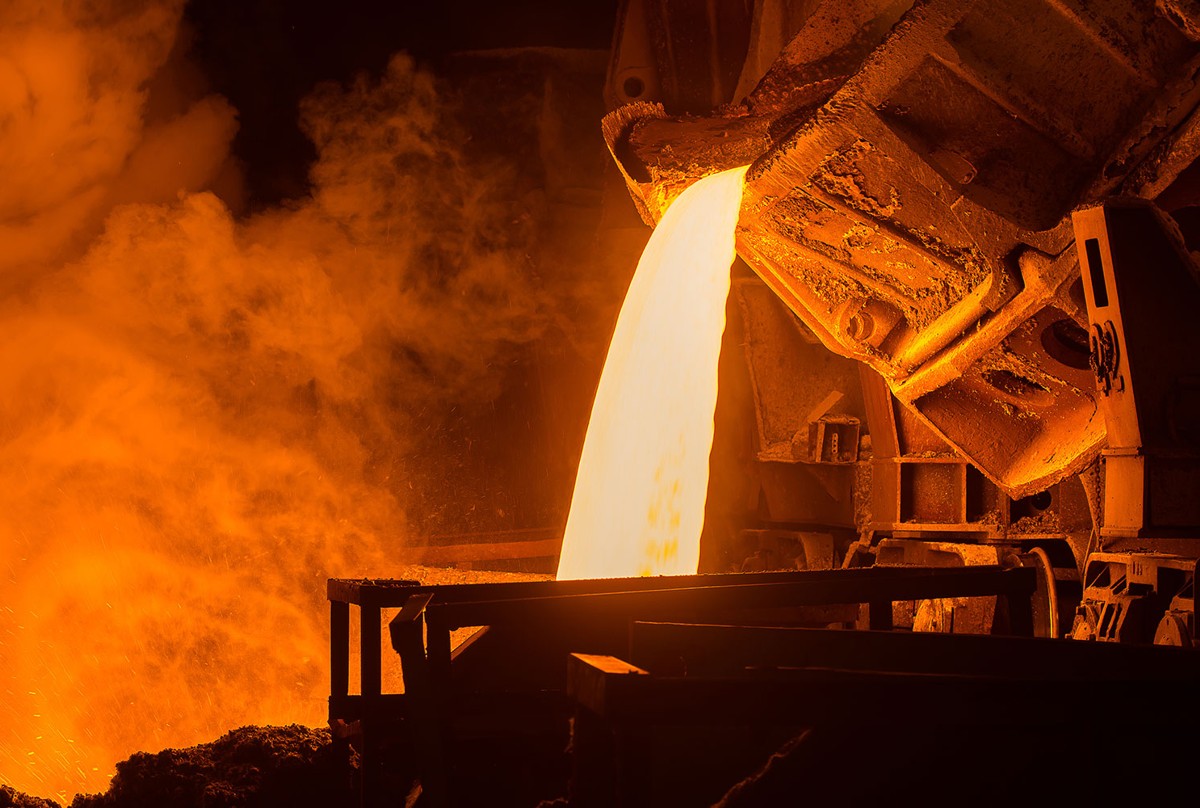Market Data

August 12, 2018
SMU Market Trends: Supply, Demand, Pricing
Written by Tim Triplett
Steel pricing is the product of a complex interplay between supply and demand, along with other factors such as ferrous scrap prices, imports and government trade actions. Steel Market Update canvasses steel executives twice each month with its market trends questionnaire to take the pulse of the industry. The current prevailing view shows supplies tightening, but not to critical levels, while demand and prices remain steady.
Supply
Early fears that the Trump tariffs would so severely restrict imports that the U.S. would face a shortage of steel later this year now appear overblown. Only a very small percentage of those responding to SMU’s poll this week still fear steel will be in short supply. The vast majority are evenly split on whether supplies will tighten but fall short of a shortage or whether steel will remain plentiful for buyers.
“There are planned mill outages coming in the next two months,” noted one respondent who expects supplies to tighten. “We don’t see the influx of imports everyone is talking about,” added another with a similar view. “Unless there are further trade investigations like AD/CVD ex Vietnam or other large import sources, supply will be ample,” commented a third [prior to President Trump announcing his plan to double the tariffs on Turkey].
Demand
Three out of four respondents to SMU’s questionnaire see demand holding steady, while another 9 percent see demand improving. Only about 16 percent report that demand is declining. These figures seem to belie some of the pessimism that is creeping into the headlines. Most comments from those polled are fairly bullish:
- “Demand is at a very good pace.”
- “June and July were down due to hedge buying done in the March-May timeframe. August is bouncing back to more historical levels.”
- “Demand has been steady, but we’re starting to see some signs of a slight decline in certain construction segments.”
- “Demand is OK now, but we’re forecasting things to begin slowing down.”
- “Not sure if it’s seasonal or an actual drop in demand.”
Pricing
Roughly half of the steel executives who responded expect steel prices to remain about the same for the near term. Nearly all those in the other half believe prices will move lower. Only 5 percent see higher steel prices in the offing.
Following are some representative comments:
- “For the next 30 days, prices will remain the same. The futures market is playing too much decline. Lead times are still above average and nobody is buying ahead except for some foreign orders, which may be coming in during late 2018.”
- “Prices are moving +/- in a narrow range.”
- “Prices are already moderating.”
- “While not a significant decline, I see spot prices drifting down through the balance of the year.”
- “Declining scrap pricing will increase downward pressure on steel pricing.”
- “Expect prices to drop $80-$100 a ton between September and December.”
- “Prices are not dropping on plate.”







